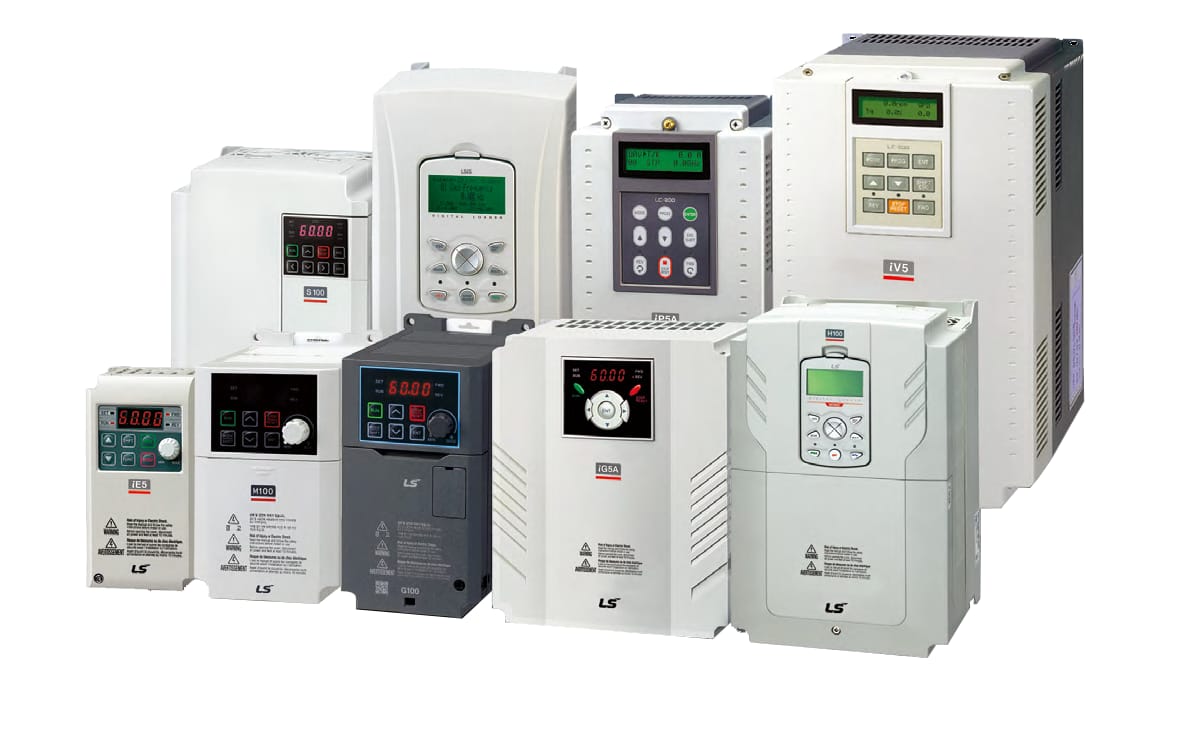
a) VFD
A variable-frequency drive (VFD) is a type of motor drive used in electro-mechanical drive systems to control AC motor speed and torque by varying motor input frequency and, depending on topology, to control associated voltage or current variation. VFDs may also be known as 'AFDs' (adjustable-frequency drives), 'ASDs' (adjustable-speed drives), 'VSDs' (variable-speed drives), 'AC drives', 'micro drives', 'inverter drives' or, simply, 'drives'.
VFDs are used in applications ranging from small appliances to large compressors. About 45% of the world's electrical energy is consumed by electric motor driven systems. Systems using VFDs can be more efficient than those using throttling control of fluid flow, such as in systems with pumps and damper control for fans. However, the global market penetration for all applications of VFDs is relatively small.
Over the last four decades, power electronics technology has reduced VFD cost and size and has improved performance through advances in semiconductor switching devices, drive topologies, simulation and control techniques, and control hardware and software.
VFDs are made in a number of different low- and medium-voltage AC-AC and DC-AC topologies.
b) VSD
A variable speed drive (VSD) is a device that regulates the speed and rotational force, or output torque of mechanical equipment. ... VSD increases efficiency by allowing motors to be operated at the ideal speed for every load condition. In many applications VSDs reduce motor electricity consumption by 30–60%.
Serach the part number you want.
© 2022-23 PLC Automation Group. All Rights Reserved. Design and Developed By Micron ERP












